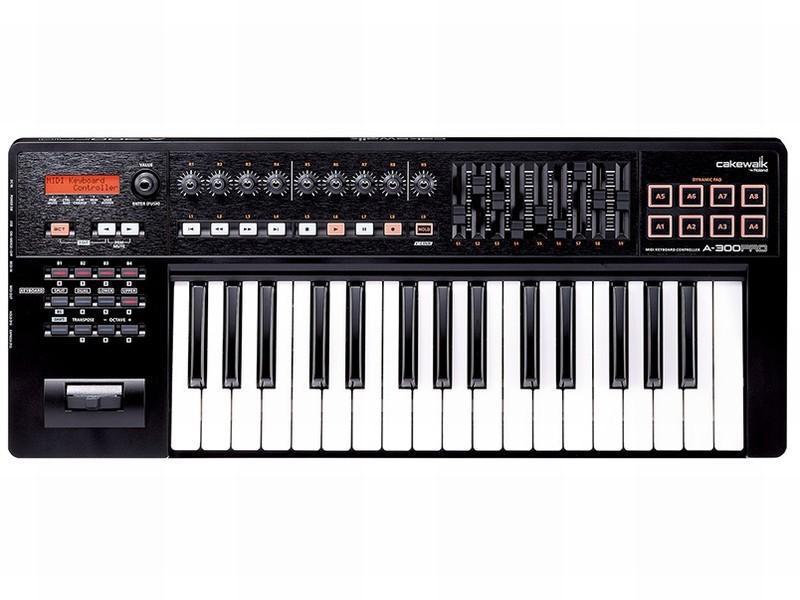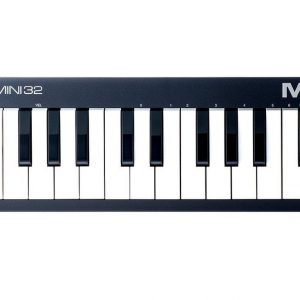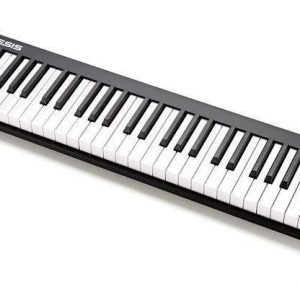Description
The Roland A-300PRO MIDI device is a highly advanced and versatile tool for musicians who work with digital audio. This device is designed for intuitive control and maximum flexibility, and its numerous features make it a great addition to any studio or performance setup.
At the heart of the A-300PRO is its keyboard, which features 32 velocity-sensitive keys. These keys are designed to provide a natural playing feeling, and they respond to the slightest changes in velocity and pressure. The keyboard also has a range of assignable knobs, sliders, and buttons, which can be programmed to control various parameters in your DAW or software synthesizers.
The A-300PRO also features a number of advanced features, such as a separate pitch bend and modulation lever, independent control of the octave range, and a sustain pedal input. Additionally, the device can be split into multiple zones, allowing you to control different parts of your setup independently.
The device is designed to work seamlessly with any software or hardware that supports the MIDI protocol. It can be connected to your computer via USB, and it is compatible with both Mac and PC systems. The device also comes with a number of drivers and software utilities, including a MIDI control center that allows you to configure the A-300PRO to your exact specifications.
One of the key features of the A-300PRO is its built-in transport controls, which allow you to control your DAW without having to use a mouse or keyboard. This makes it easy to start and stop playback, record new tracks, and navigate through your project files. The device is also compatible with a range of popular DAWs, including Ableton Live, Logic Pro X, and Pro Tools.
Overall, the Roland A-300PRO is an excellent MIDI device for musicians who want precise and intuitive control over their digital audio setup. The device is well-built and highly customizable, and it provides all the features and functionality you need to create high-quality recordings and performances. Whether you’re a beginner or an advanced user, the A-300PRO is a great investment that will enhance your production workflow and help you achieve your musical goals.
Roland A-300PRO properties
| Product name | A-300PRO |
| Brand | Roland |
| Type | Keyboard Instruments |
| Keyboard Instrument | MIDI Keyboard |
| Drawbars/Sliders | Yes |
| Pads | Yes |
| Rotary Controls | Yes |
| Colour | Black |






Reviews
There are no reviews yet.